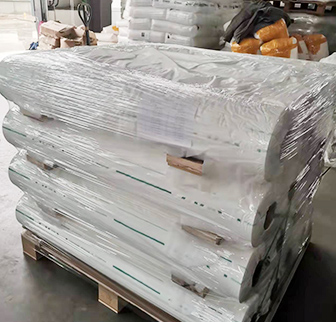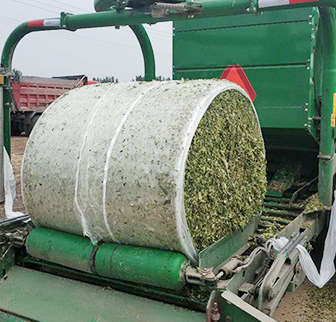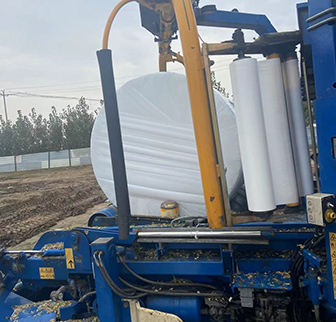Hay or silage baled at higher moistures had reduced forage quality.
The highest bale temperatures (145 and 180 F) for 21 and 33 percent moisture at baling was greater compared to 12 percent moisture (115 F). All other moisture levels had similar maximum temperatures to 12 percent moisture. Fire can occur when bale temperatures reach 150 F and is likely at 190 F. No fires occurred during this study, but unwrapped bales baled at higher moisture had heat damage.
Silage packaged in large round bales is prone to molding and forage quality loss at relatively low moisture. Hay baled at 12 percent moisture had low mold counts compared to unwrapped bales harvested at 17 to 33 percent moisture.
Although both 12 and 17 percent moisture bales had similar high temperatures, the difference in mold counts can be partly explained by how long the bales were warm. The unwrapped bales stayed warmer longer, which resulted in mold growth.
Mold toxins can cause problems in horses.
All wrapped forage and 12 percent moisture bales were considered desirable horse forage. Seventeen to 33 percent moisture unwrapped bales were not. Because horses are sensitive to mold, their feed should contain little mold (less than 1 million colony forming units per gram).



 RELATED
RELATED